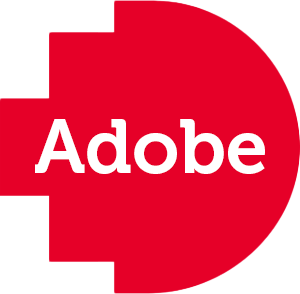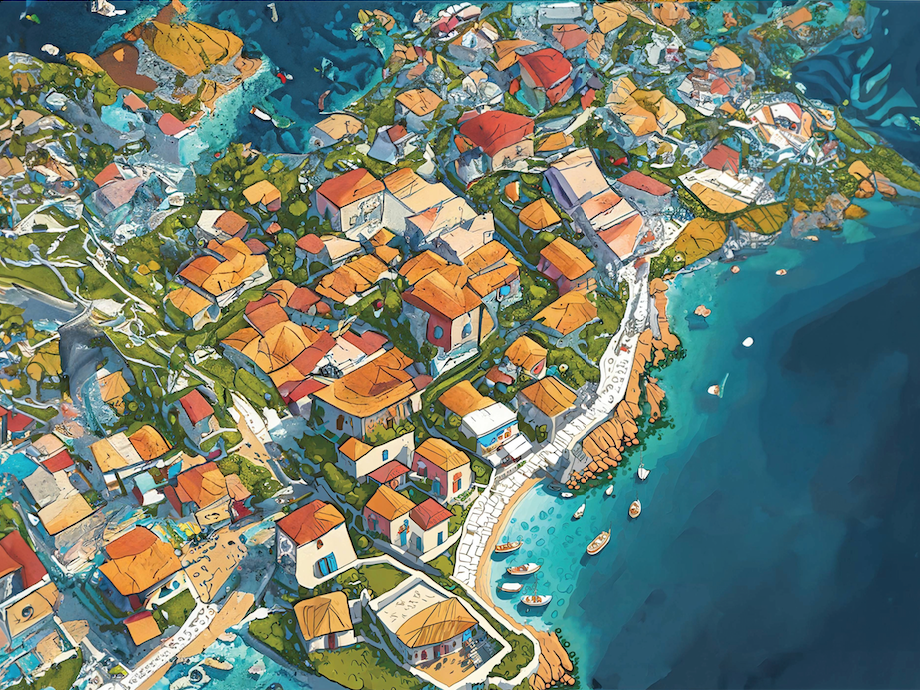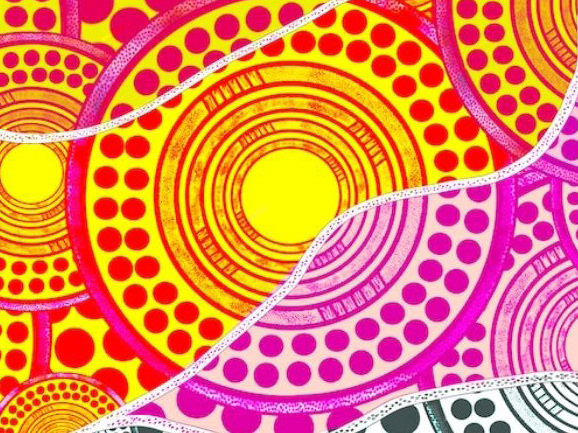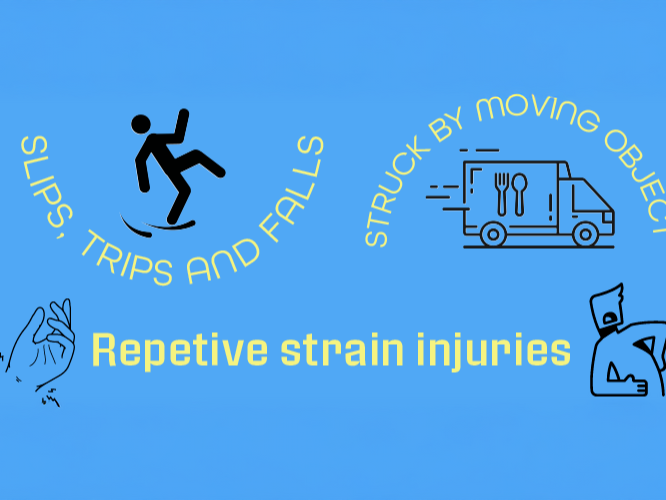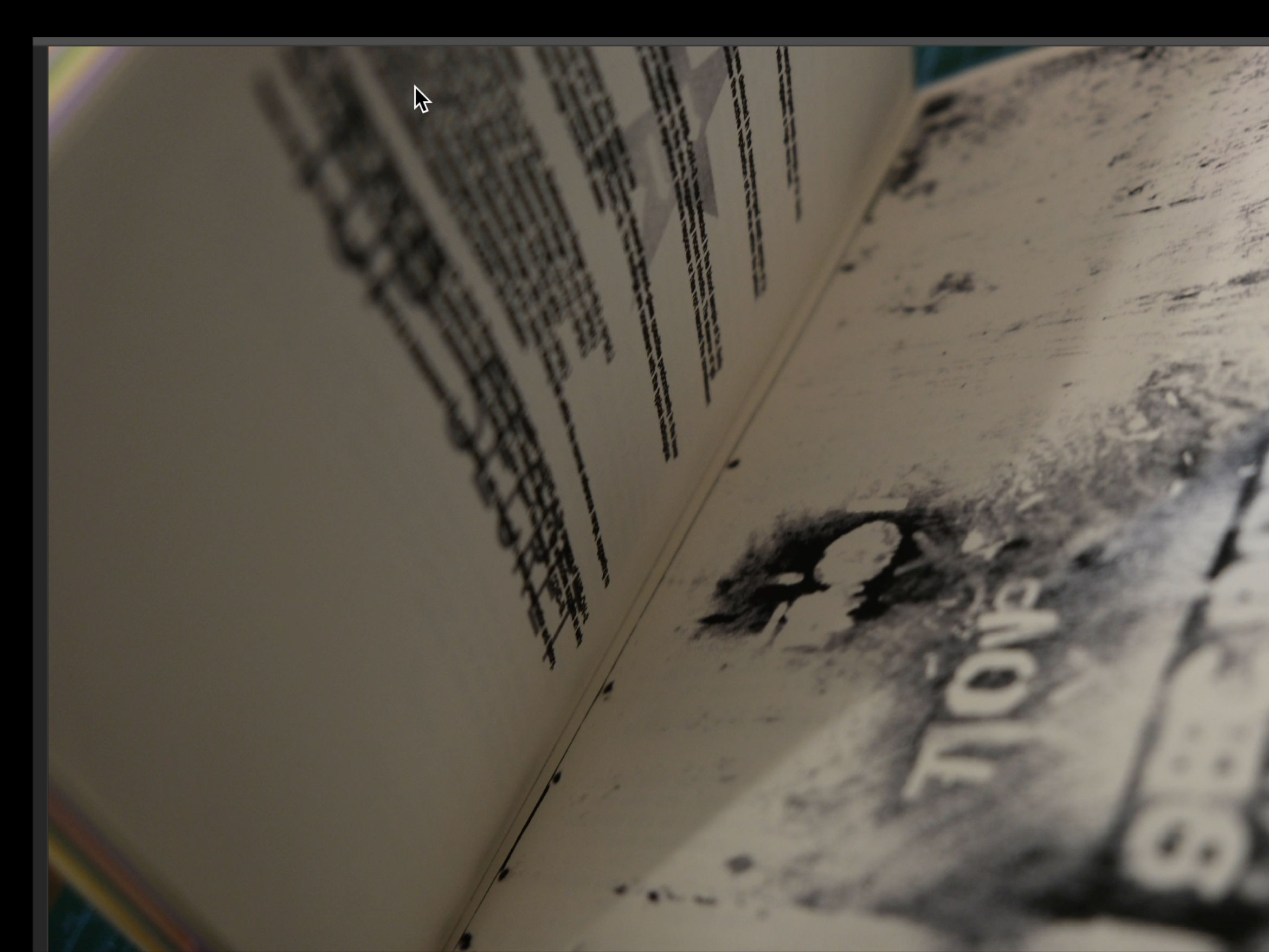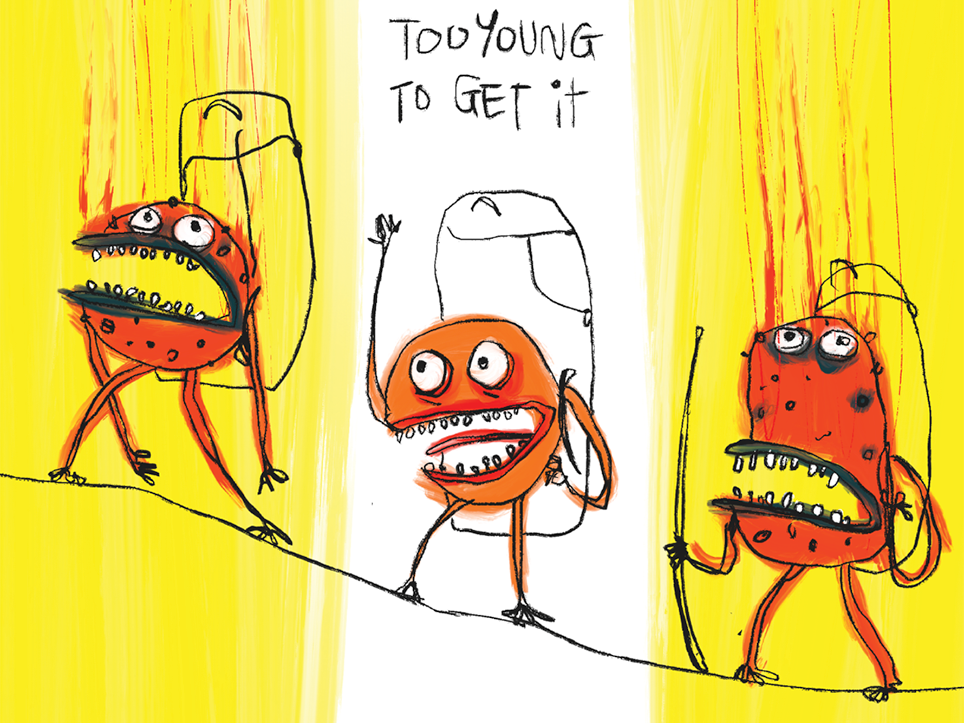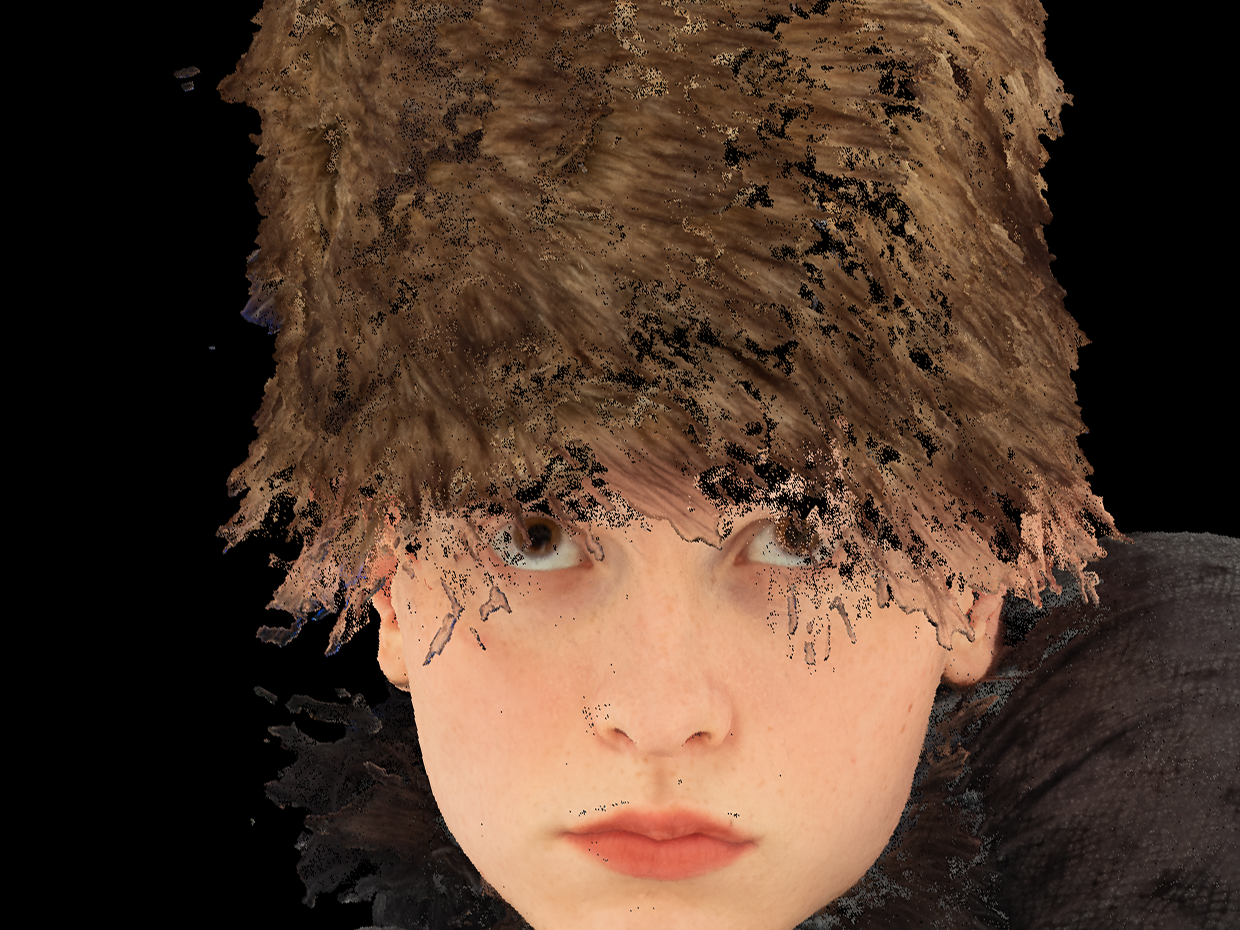Future play lab RMIT: https://futureplaylab.io/
Digital play-based Design
XR Marks the spot
Contextual, playful, critical, ethical place-based AR
This project developed a place-based experiences exploring RMIT as a playable campus by inviting students to create markers reflecting their cultural and personal identity along a walking trail.
Resources
> Teacher resource
> Student instructions / resource
Downloadable resources coming soon
Problem Statement
Critical XR should balance considerations of aesthetics, inclusivity, and cultural heritage — while remaining playful and engaging by responding to place, player, platform, and affordances of multisensory experience.
Can a set of design principles for place-based XR be developed and shared with artists and designers that encourage critical and playful encounters with place?
Project Overview
In the project, urban play provided an invitation for students to explore their own connection — or disconnection — with place and share this with others via the XR platform. Our focus was on belonging and inclusion, using digital media to ‘remix’ the built environment of the campus and reimagine it through play.
Emergent Outcomes
Starting with the known limitations of Adobe Aero, we adopted a hybrid approach that connected technologies that are new and unfamiliar with those that we have already assimilated as second nature including mapping, design, language, and sound. The map presented the campus as an alternate reality, a suite of design elements provided a way to remix identity, language was coded into pictographic signs, and sound created immersive space.
The hybrid workflow that emerged is the most important learning of the project — while AR experiences are often created in isolation, the workarounds we developed in the playable campus enriched the digital experiences by providing a context, situation, and script for engagement. As a method, the capacity of Adobe Aero experiences to be updated in realtime was critical in being responsive in making place-based XR in the field rather than in the lab
Digital Capability Building
By connecting playful encounters with place and themes of personal and cultural identity, students were highly engaged leading to three aspects of digital literacies open to further exploration: situating learning in campus spaces outside the classroom, leading to increased participation and connection to the campus as a third place; collaborative and playful pedagogies that build communities, leading to open and critical conversations; and, working with digital tools as ecologies, moving away from individual platforms by moving ideas across different tools and playing to each of their strengths.
Key Learnings
We started the project expecting to create a set of standalone resources that demonstrated design principles for XR. What emerged was a set of flexible and responsive methods rather than generic and prescriptive design principles. Adobe Aero and other entry-level platforms for AR development are most useful when approached as experimental design tools rather than providing a complete solution, and in connection with other tools — both analog and digital.
Our method connected with Adobe Exchange for students to create digital content using a suite of provided materials and then connected this back to place. Via this simple but effective cycle, players learned about themselves, others, and the campus as a rich and layered place full of hidden secrets and possibilities.
The team is currently seeking resources and opportunities to expand and test these methods further, and it has become embedded within Urban Play School — an annual lab connecting teaching and research engaged with industry partners affiliated with the RMIT future play lab.

